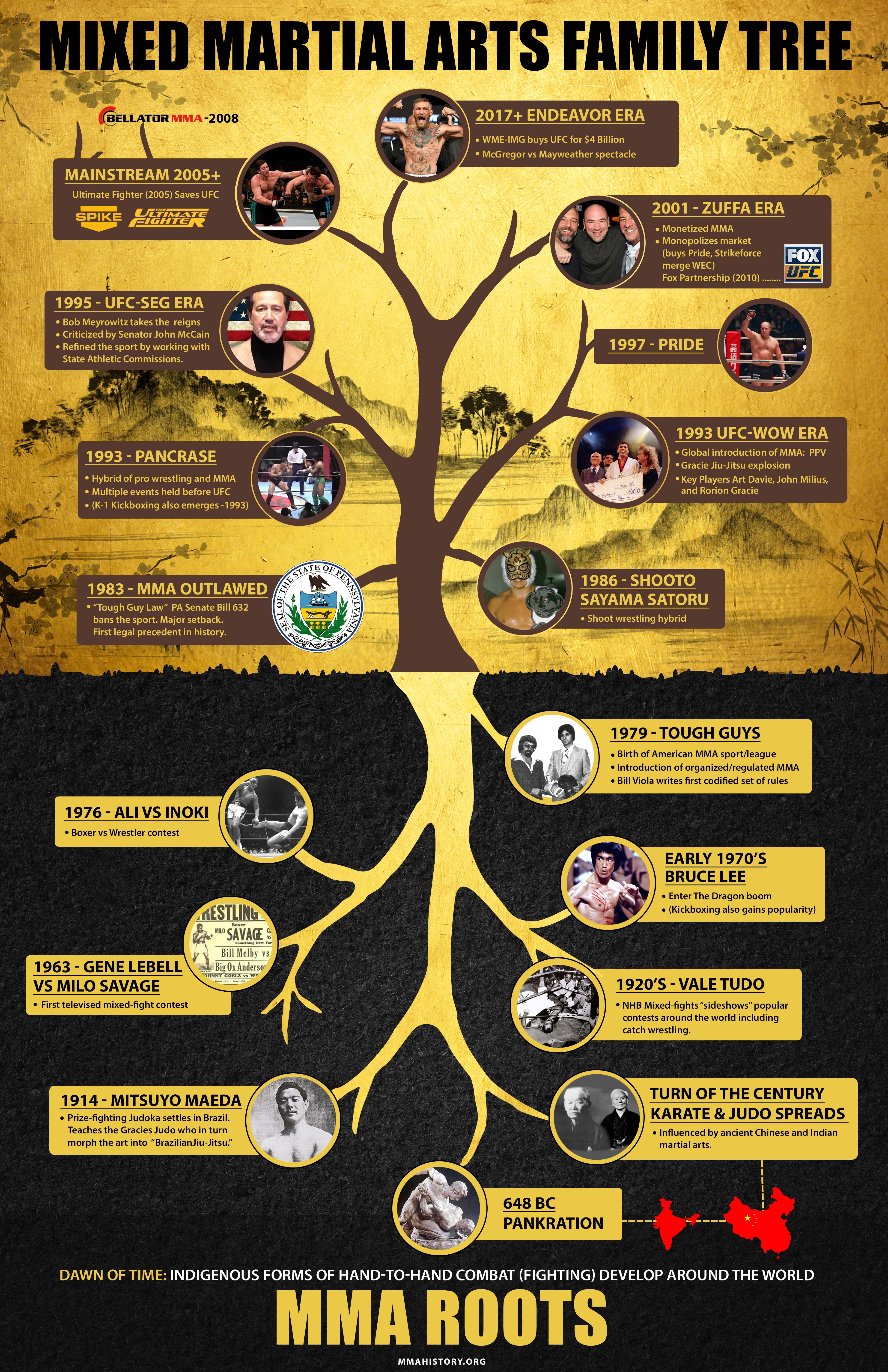Exactly How Does The Focus On Technique In Standard Martial Arts Contrast With The Competitive Aspect Of Contemporary Fight Sporting Activities? Find Out About The Crucial Distinctions That Can Direct Your Development
Exactly How Does The Focus On Technique In Standard Martial Arts Contrast With The Competitive Aspect Of Contemporary Fight Sporting Activities? Find Out About The Crucial Distinctions That Can Direct Your Development
Blog Article
Content Composed By-Ware Snedker
When you think of martial arts, do you lean much more towards the conventional methods or the contemporary battle sporting activities? Each path provides unique benefits and experiences, formed by their ideologies and training techniques. Typical martial arts highlight personal development and technique, while modern combat sporting activities concentrate on competitors and efficiency. Comprehending these distinctions can guide you in selecting the right strategy for your trip. But exactly how do these differences manifest in training and viewpoint?
The Approach and Background Behind Typical Martial arts
While many individuals associate martial arts with physical combat, the viewpoint and background behind conventional martial arts run much deeper. You'll find that these techniques emphasize individual growth, discipline, and regard.
Stemming from what is jiu jitsu martial arts , standard martial arts were frequently created for Self-Defense and spiritual advancement. They personify concepts such as balance, consistency, and self-constraint, guiding professionals past plain battling skills.
As you train, you'll not just learn techniques however additionally acquire insights into the society and worths that formed these arts. The rituals and customs, often given via generations, cultivate a feeling of neighborhood and belonging.
The Competitive Nature of Modern Battle Sports
Modern battle sports have transformed the landscape of martial arts into a very affordable sector, where athletes challenge in a test of ability, approach, and endurance.
You'll notice that competitors are typically organized with rigorous rules and laws, guaranteeing justice and safety and security. These occasions attract huge audiences, fueling the exhilaration and strength of matchups.
Athletes educate rigorously, not just for physical expertise however also for mental sturdiness, knowing that every detail counts in the ring. The adrenaline thrill during competitors is palpable, as competitors press their limitations to declare success.
Followers appreciate the athleticism and artistry included, making modern battle sports a thrilling phenomenon that remains to evolve and captivate enthusiasts worldwide.
Training Methods and Methods: A Relative Analysis
The affordable ambience of modern battle sporting activities demands cutting-edge training approaches that differ substantially from traditional martial arts.
In modern training, you'll focus on specific methods, competing, and conditioning, typically making use of drills that mimic actual battle scenarios. You'll see an emphasis on quantifiable performance and regular competitors to analyze your abilities.
In contrast, typical martial arts focus on kinds, katas, and philosophical teachings, commonly stressing discipline and respect over competition.
Training is normally much less extreme and may entail recurring practice instead of real-time sparring.
While both approaches build skill and health and fitness, contemporary fight sporting activities offer a much more dynamic and versatile training environment, preparing you for instant difficulties in the ring or cage.
Pick the path that straightens with your goals and passions.
Verdict
In choosing in between standard martial arts and modern-day battle sports, it really comes down to what you value most. If martial arts good for autism searching for personal growth, technique, and a sense of community, standard arts might be your finest fit. Yet if you thrive on competition and real-time obstacles, modern battle sporting activities could be the way to go. Eventually, both paths use one-of-a-kind advantages, so it's everything about straightening your training with your individual objectives and rate of interests.
